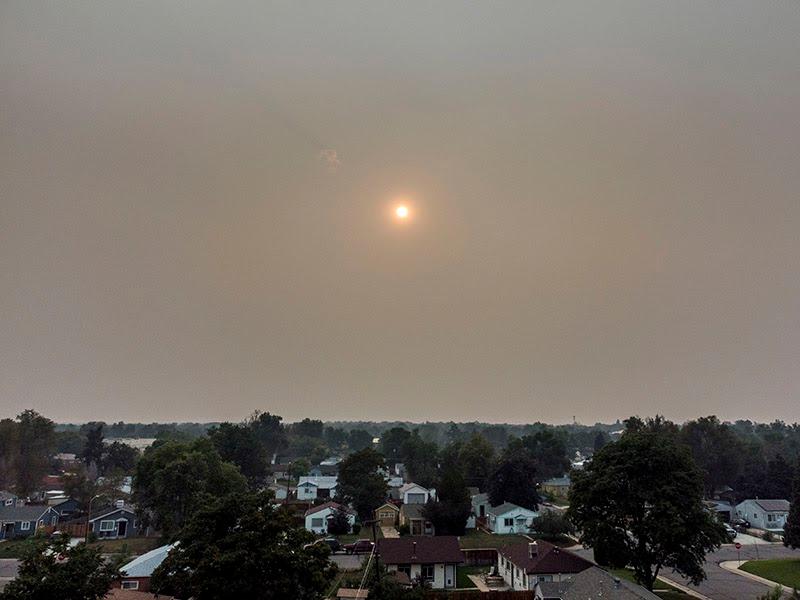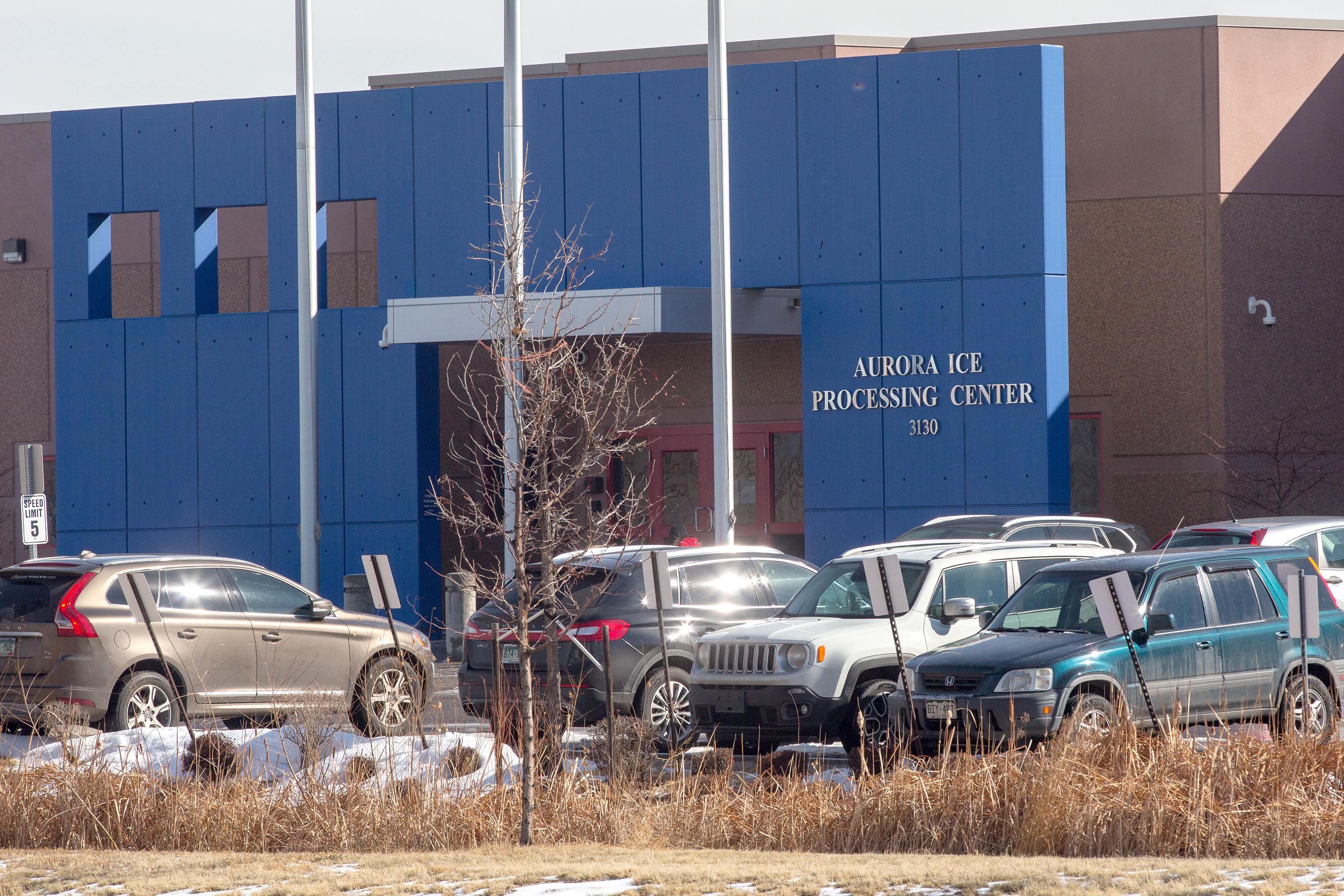
Smoke coming from outside Colorado is beginning to transform the state’s blue skies into a hazy gray.
Weather officials say the smoke drifting into the state primarily comes from the Pipeline fire near Flagstaff, Arizona, which ignited Sunday. The fire is burning over 4,500 acres and has prompted evacuations in the area.
So far, the smoke is concentrated at high elevations, but forecasters warn it will sink towards surface level as temperatures rise throughout the day. Most of Colorado is experiencing high temperatures and dry conditions.
Denver and its surrounding area is reporting moderate levels of particulate matter in the air, according to public health officials. The metro area is expected to reach a high of 98 degrees Monday.
Air quality is still good in areas outside Denver, but that could change quickly. Parts of southern Colorado between Durango and Trinidad are seeing extreme fire conditions caused by high temperatures, gusty winds and low humidity. So far, Pueblo and Colorado Springs have just enough moisture to avoid a red flag warning.
Wildfire smoke can be dangerous to inhale for people further from the fire’s origin and pose several threats to one’s health, according to atmospheric scientists. The smoke contains fine particles that can aggravate chronic heart and lung diseases. It can also cause headaches, a runny nose, a cough, and difficulty breathing. Younger people and older people tend to be more susceptible.









